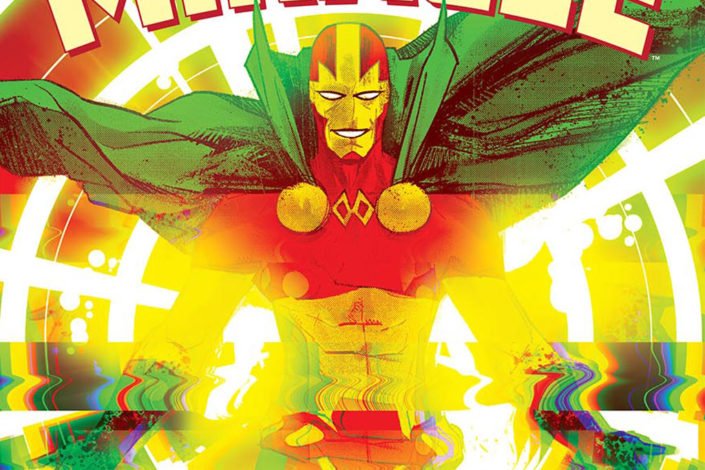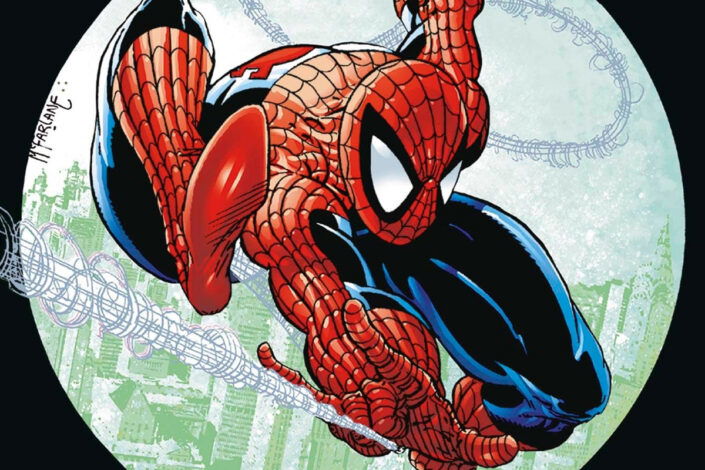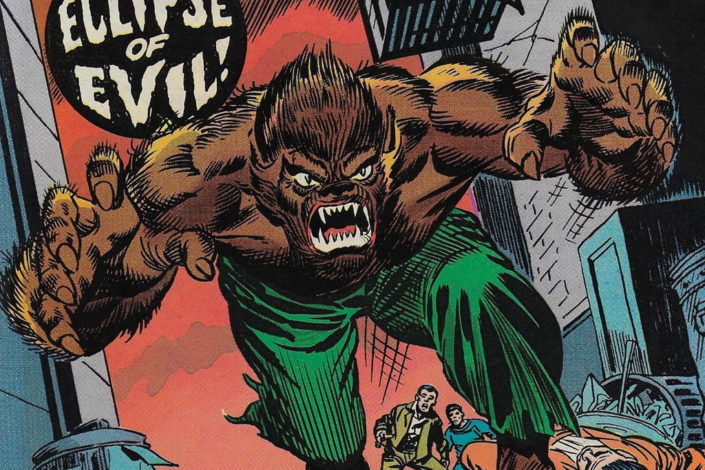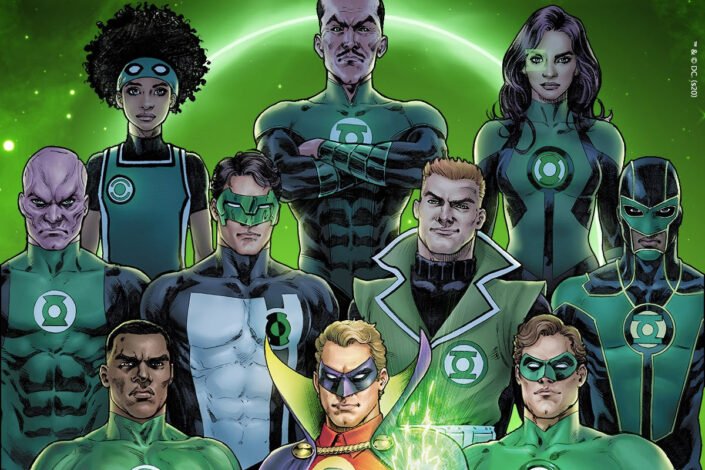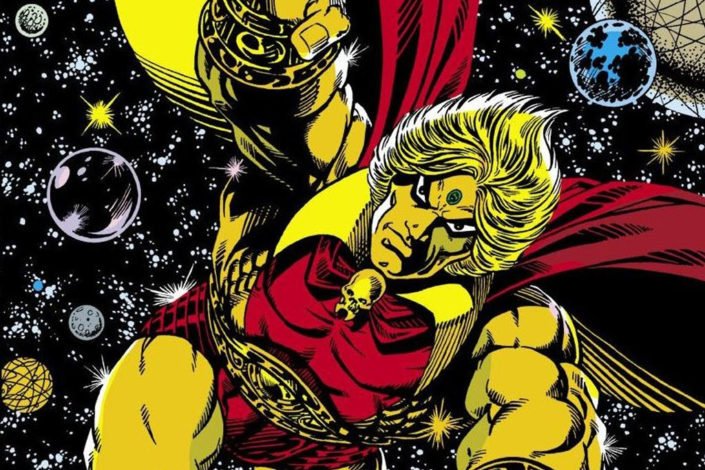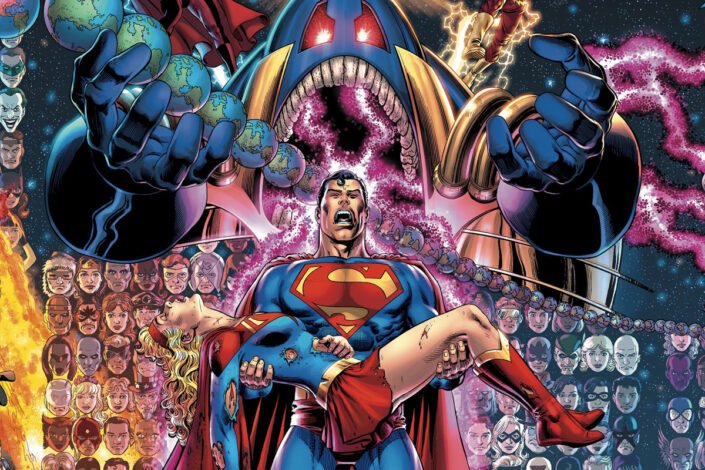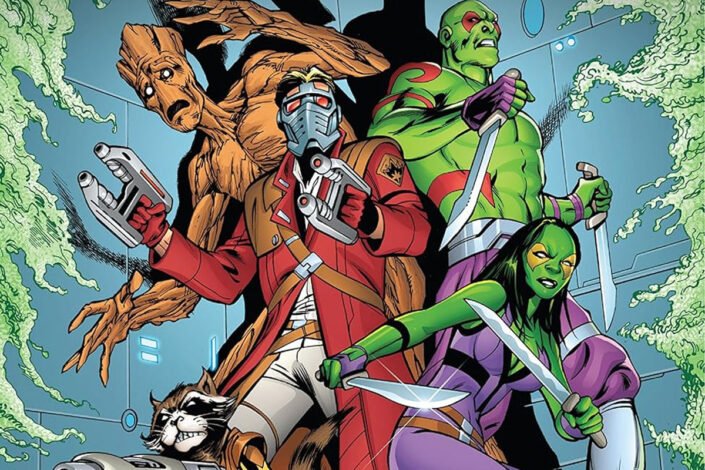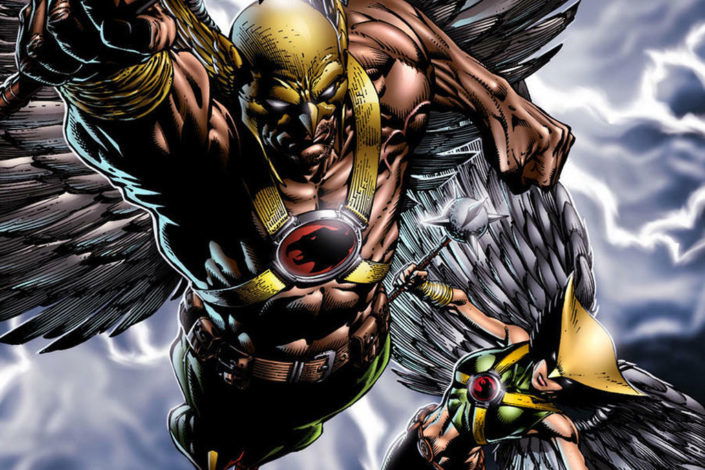Mister Miracle Reading Order
For a few short years during the 1970s, Jack Kirby joined DC Comics and introduced revolutionary ideas that are still affecting the DCU to this day–he was not the king of comics for no reason.
His major DC work was what is called “The Fourth World,” a series of interconnected series based around a new mythology surrounding The New Gods–find more about it in our Fourth World Reading Order. Kirby mostly developed it we three titles: New Gods, The Forever People, and Mister Miracle. The last one is the heart of our article today.
Introduced in Mister Miracle #1 (April 1971), Scott Free is the son of the sage Highfather, ruler of New Genesis, the positive counterpart to the hellish planet Apokolips ruled by Darkseid. To stop the war between the two planets, heirs were exchanged. That’s why Scott grew up in one of Granny Goodness’ “Terror Orphanages” with no knowledge of his own heritage–he still rebelled against the corrupt and violent ideology of Apokolips.
Scott joined the Resistance where he met Big Barda who would later become his wife. He also finally found an exit and fled to Earth where met circus escape artist Thaddeus Brown–whose stage name was Mister Miracle. After Thaddeus was killed, Scott took over his stage identity and became an escape artist, with the help of his assistant and friend, a dwarf named Oberon.
Of course, the war against Darkseid had not ended and, joined by Big Barda, Scott Free kept fighting. He became a hero, and eventually joined the Justice League. He died at some point, like the other New Gods, and was later resurrected too.
